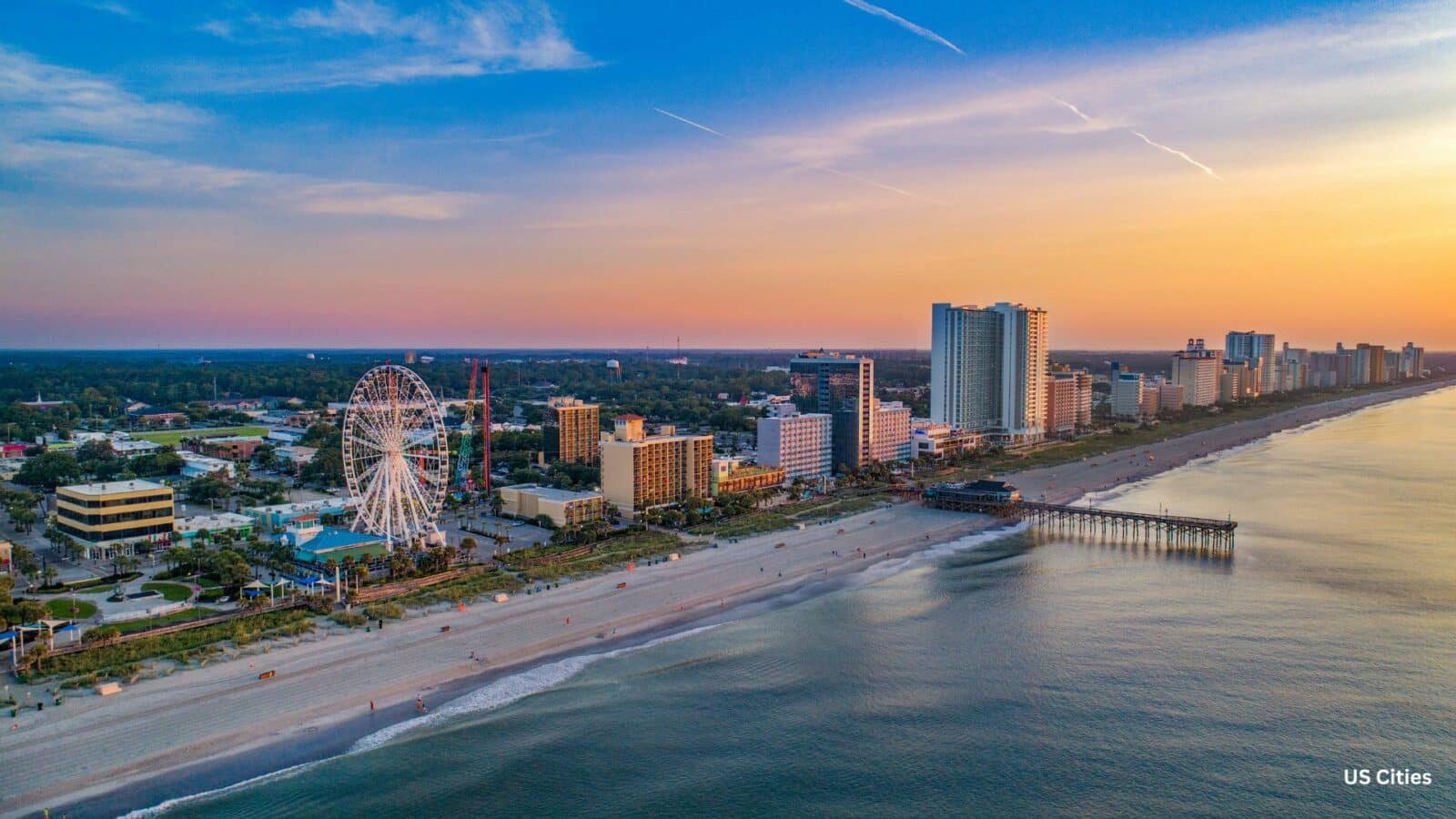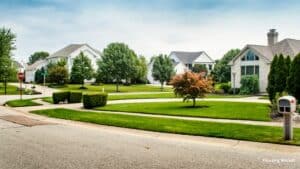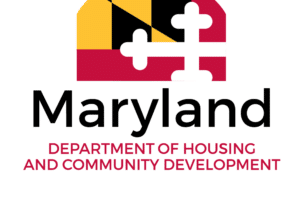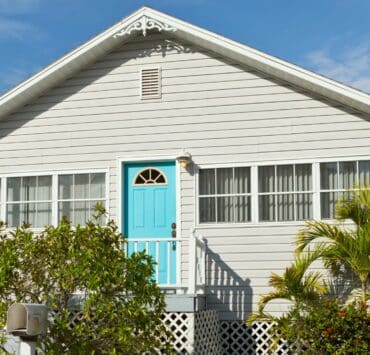The term “fastest-growing cities” refers to urban areas experiencing rapid population growth. This growth is driven by various factors, including economic opportunities, affordable housing, and lifestyle amenities. In this article, we’ll explore some of America’s fastest-growing cities and uncover what makes them attractive to new residents.
What Makes a City Grow?
Several factors contribute to a city’s growth. Economic opportunities often top the list, with job availability and diverse industries drawing people in. Affordable housing is another significant factor.
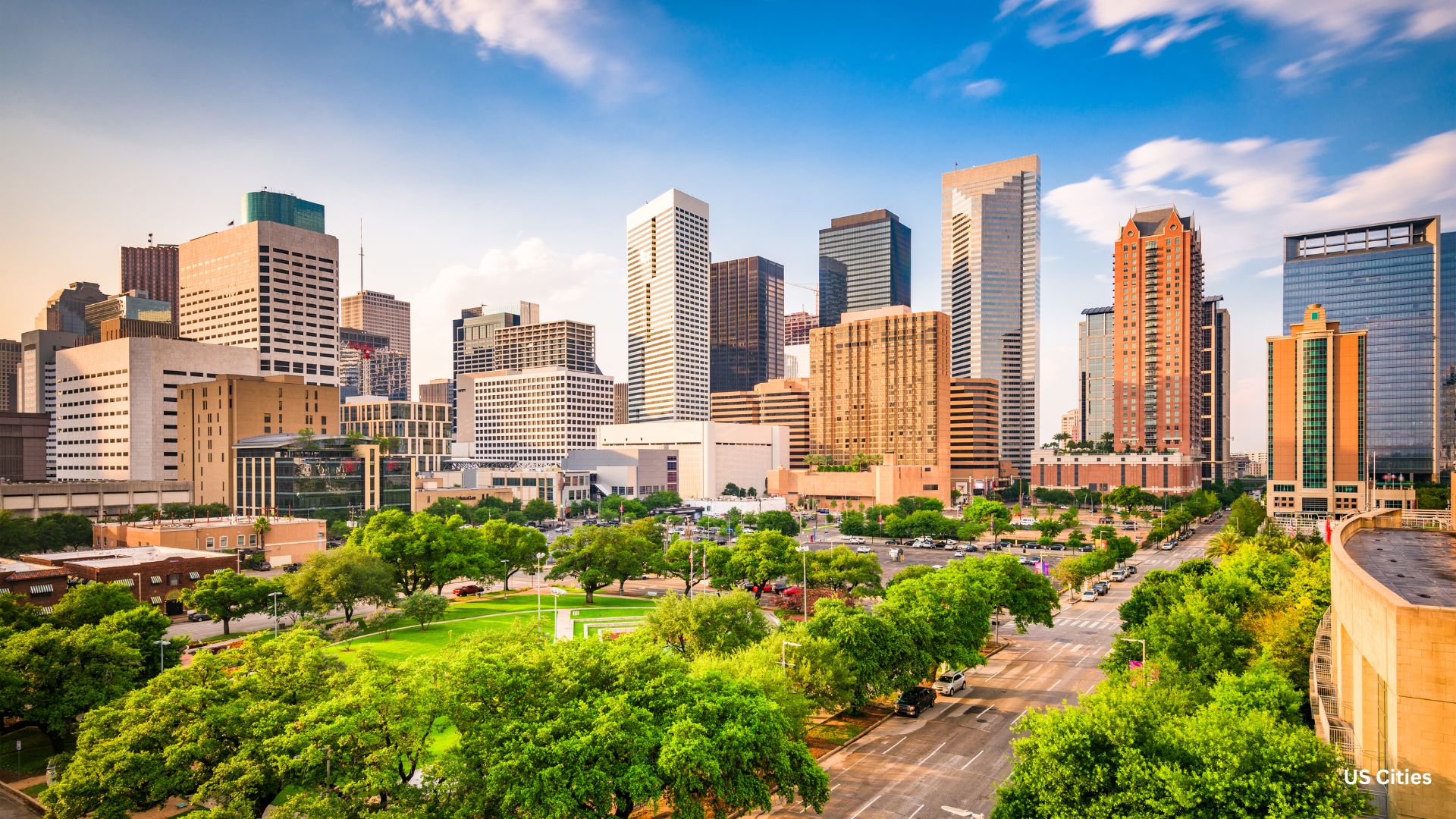
Cities offering lower costs of living compared to major urban centers attract those looking for more value. Quality of life, including good schools, healthcare, and recreational options, also plays a crucial role.
The Top Fastest-Growing Cities
According to recent data, some of the fastest-growing cities in the U.S. include:
1. Celina City, Texas

Celina City has seen a 26.6% increase in population. Affordable housing and strong community values attract new residents. The city’s population now stands at 43,317. The median home price in Celina is $679,999.
2. Fulshear City, Texas

Fulshear City experienced a 25.6% population growth. It offers a mix of small-town charm and modern amenities. The population has reached 42,616. The median home price in Fulshear is $519,000.
3. Princeton City, Texas
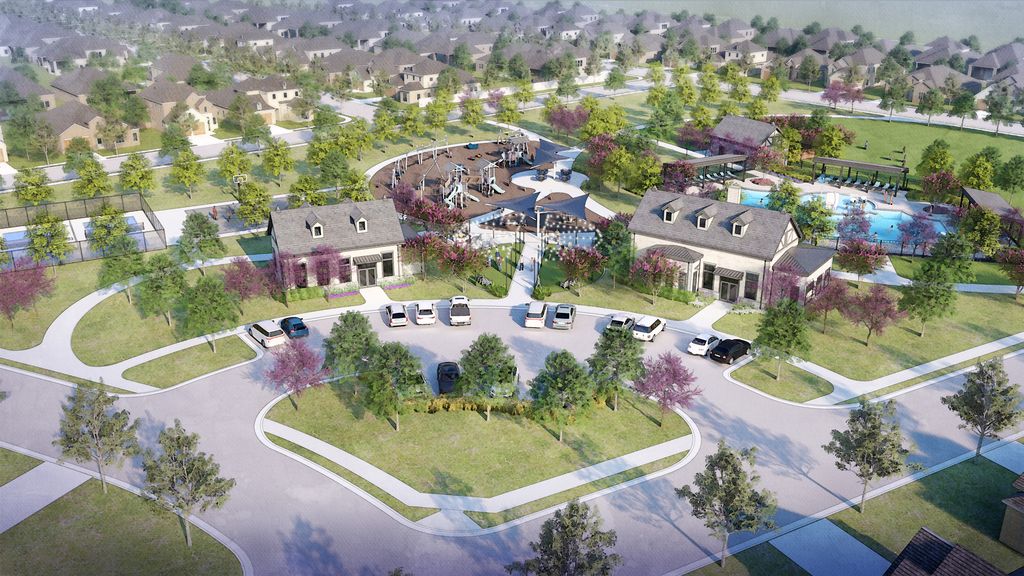
Princeton City’s population grew by 22.3%. Affordable living and proximity to larger cities make it appealing. The city’s population is now 28,027. The median home price in Princeton is $350,000.
4. Anna City, Texas
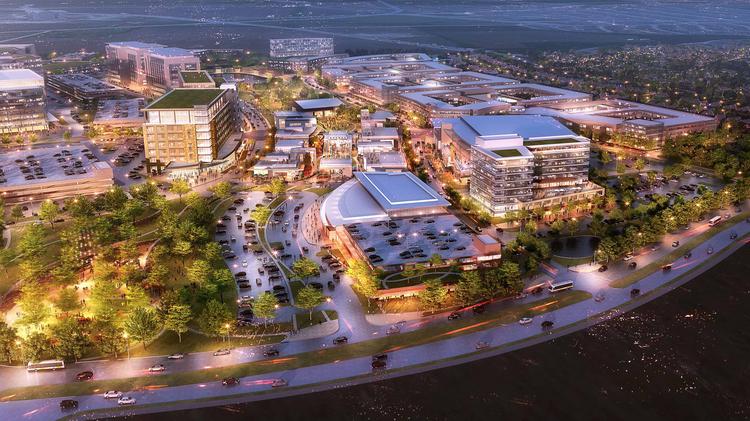
Anna City saw a 16.9% increase in its population. It offers a quiet lifestyle with easy access to urban areas. The population stands at 27,501. The median home price in Anna is $427,500.
5. Lathrop City, California
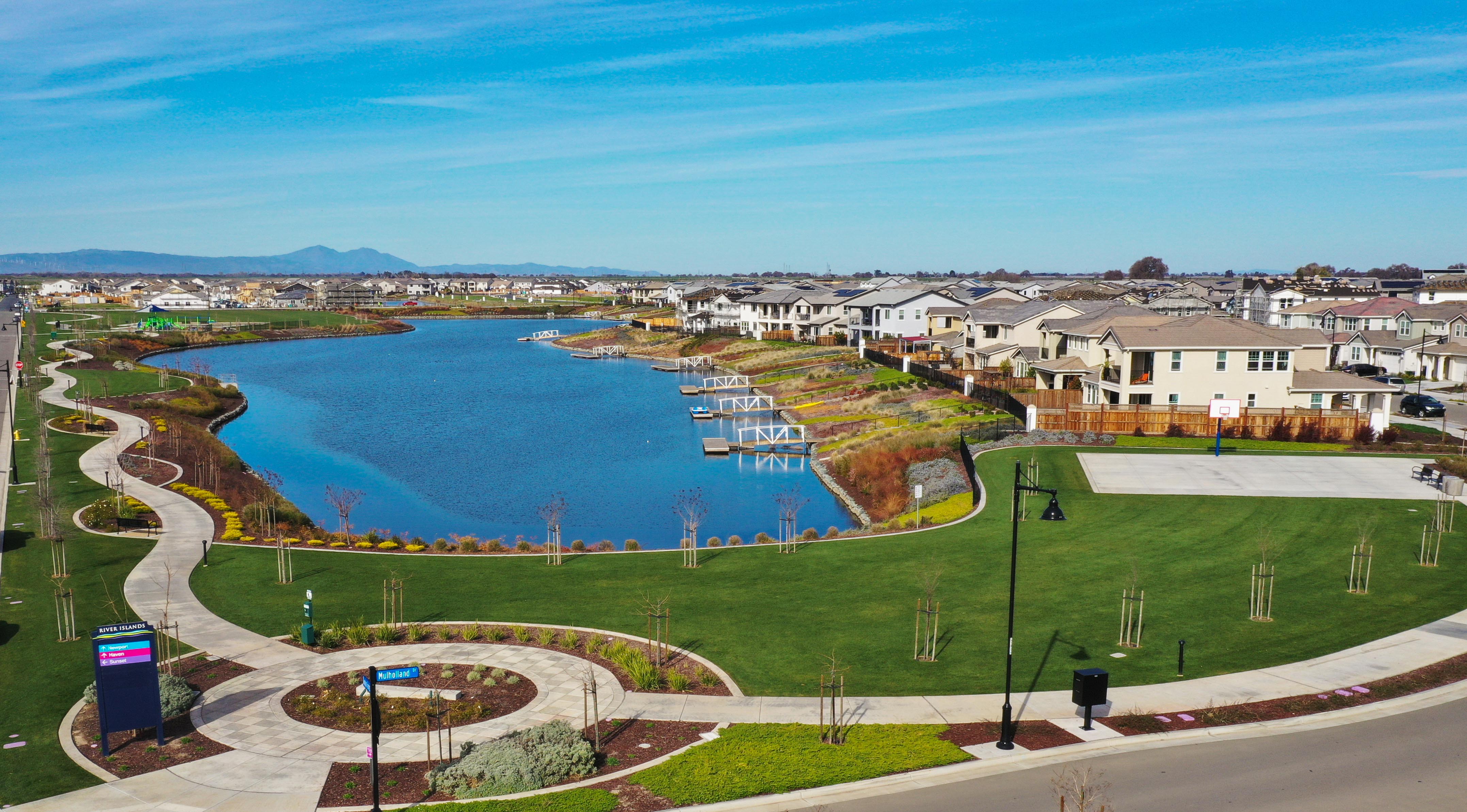
Lathrop City’s population increased by 13.6%. It’s known for its strong job market and quality schools. The population is now 39,857. The median home price in Lathrop is $741,600.
6. Centerton City, Arkansas
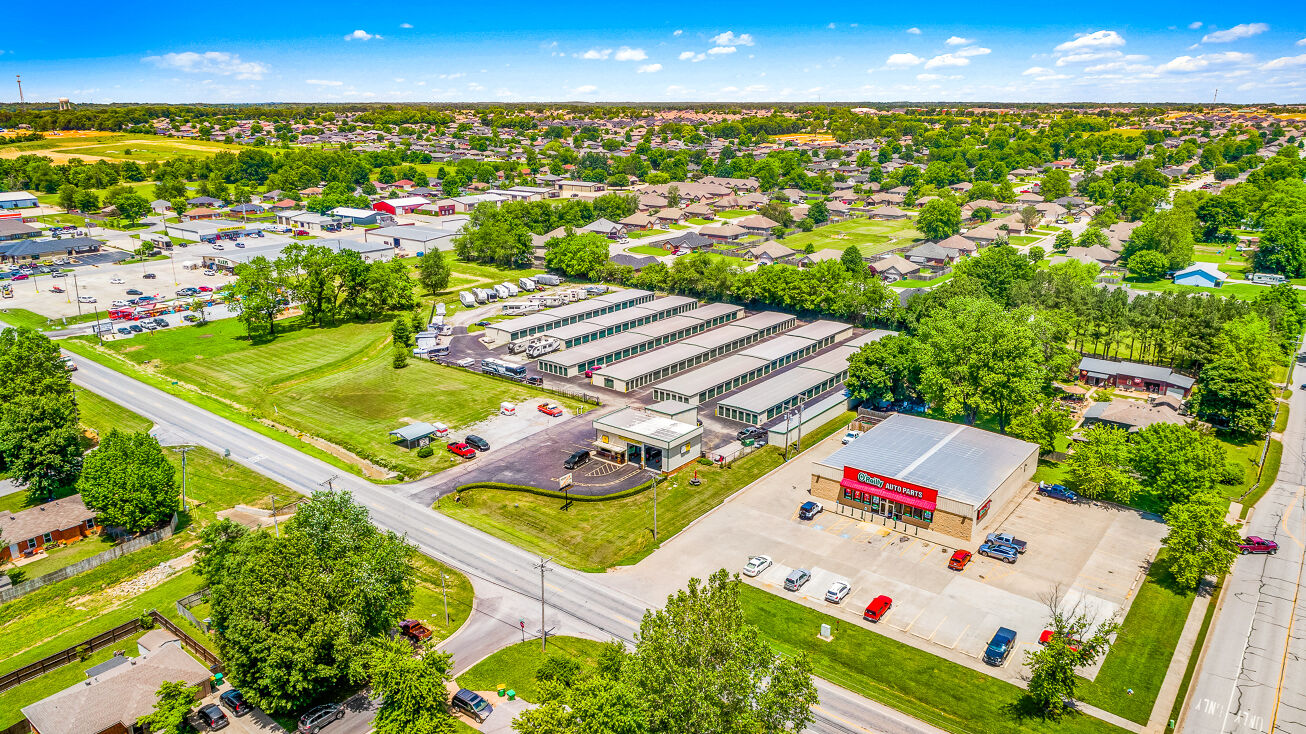
Centerton City experienced an 11.2% growth. Affordable housing and family-friendly environment attract many. The population is now 23,953. The median home price in Centerton is $447,800.
7. Haines City, Florida

Haines City’s population grew by 10.8%. It offers a warm climate and proximity to major attractions. The city’s population stands at 37,272. The median home price in Haines City is $338,000.
8. Georgetown City, Texas
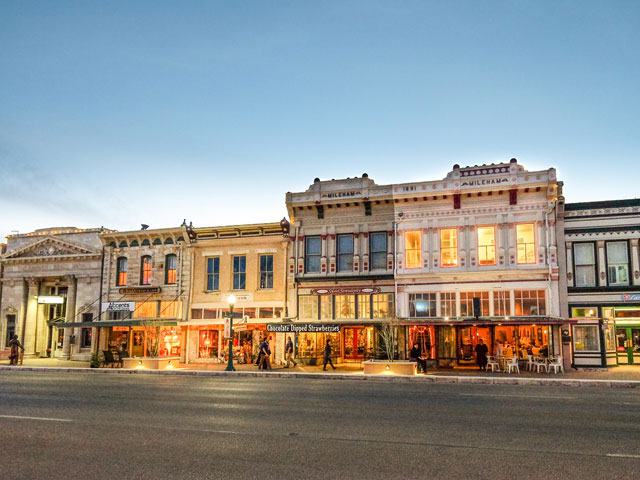
Georgetown City saw a 10.6% increase in its population. Known for its historic charm and modern conveniences, the population is now 96,312. The median home price in Georgetown is $499,500.
9. Prosper Town, Texas
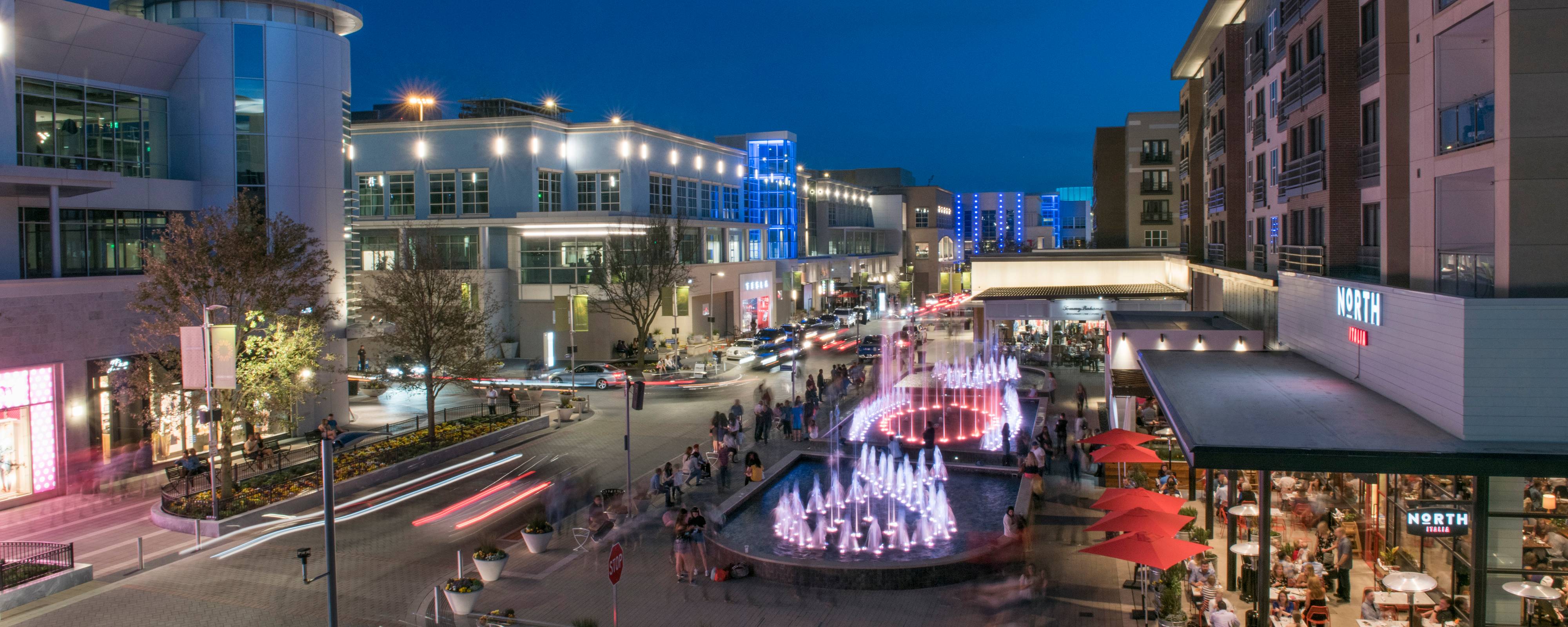
Prosper Town experienced a 10.5% growth. It combines a rural feel with suburban amenities. The population is now 41,660. The median home price in Prosper is $919,000.
10. Forney City, Texas
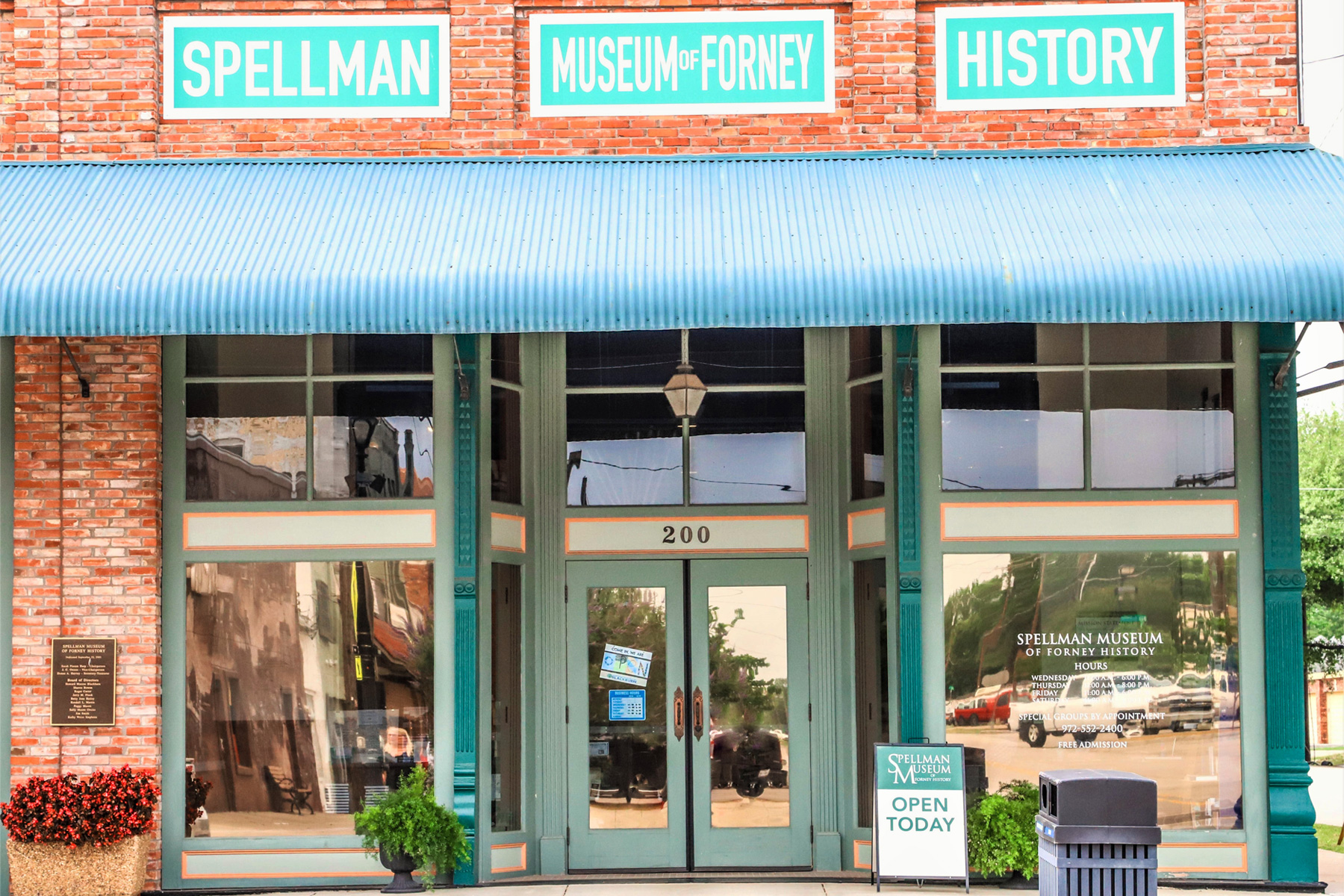
Forney City’s population grew by 10.4%. It offers affordable housing and a strong sense of community. The population stands at 35,470. The median home price in Forney is $377,990.
11. Kyle City, Texas
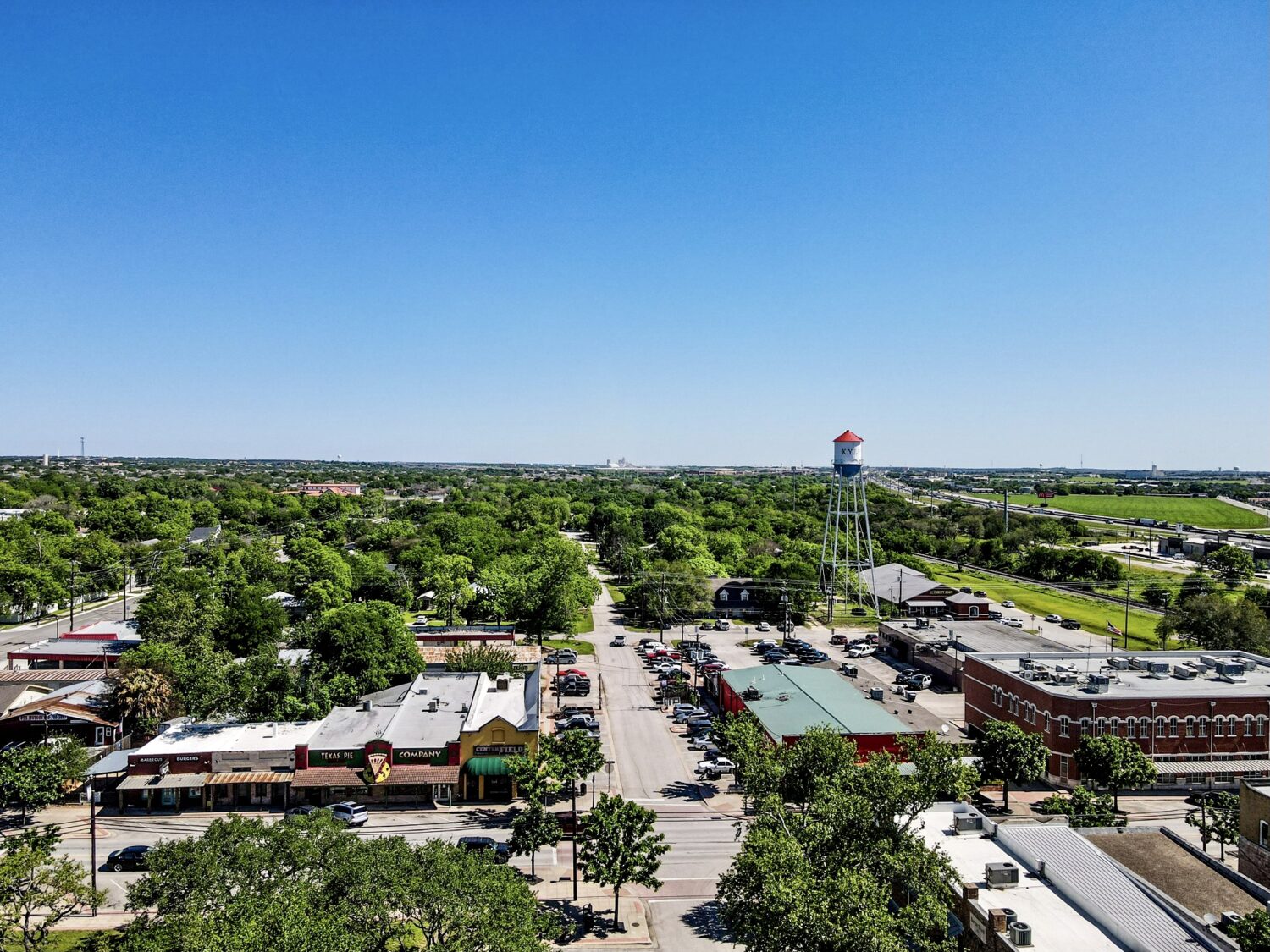
Kyle City saw a 9.0% increase in its population. It provides easy access to Austin and affordable living. The population is now 62,548. The median home price in Kyle is $375,000.
12. Lebanon City, Tennessee
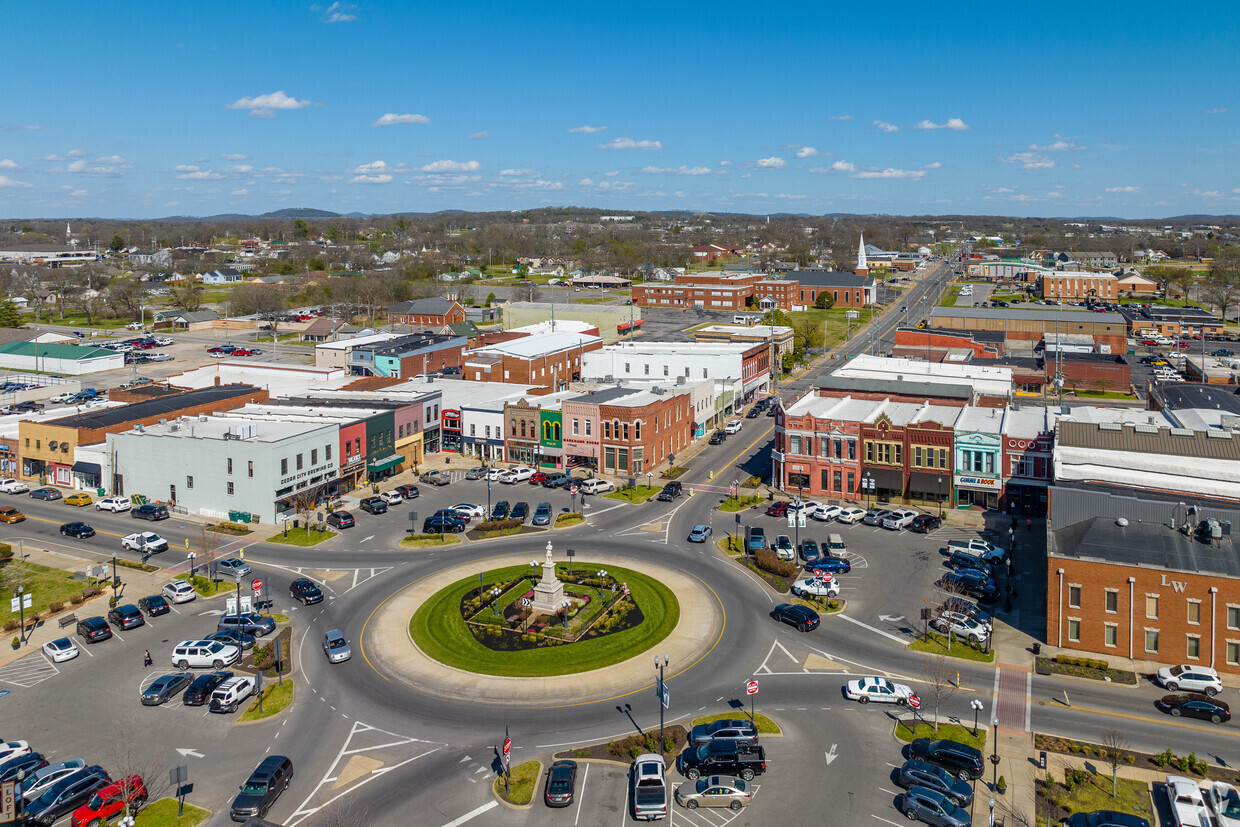
Lebanon City experienced an 8.9% growth. It offers a mix of historic charm and new development. The population stands at 48,112. The median home price in Lebanon is $484,900.
13. Fort Mill Town, South Carolina

Fort Mill Town saw an 8.8% increase in its population. Known for its excellent schools and family-friendly environment, the population is now 33,626. The median home price in Fort Mill is $519,900.
14. Leesburg City, Florida
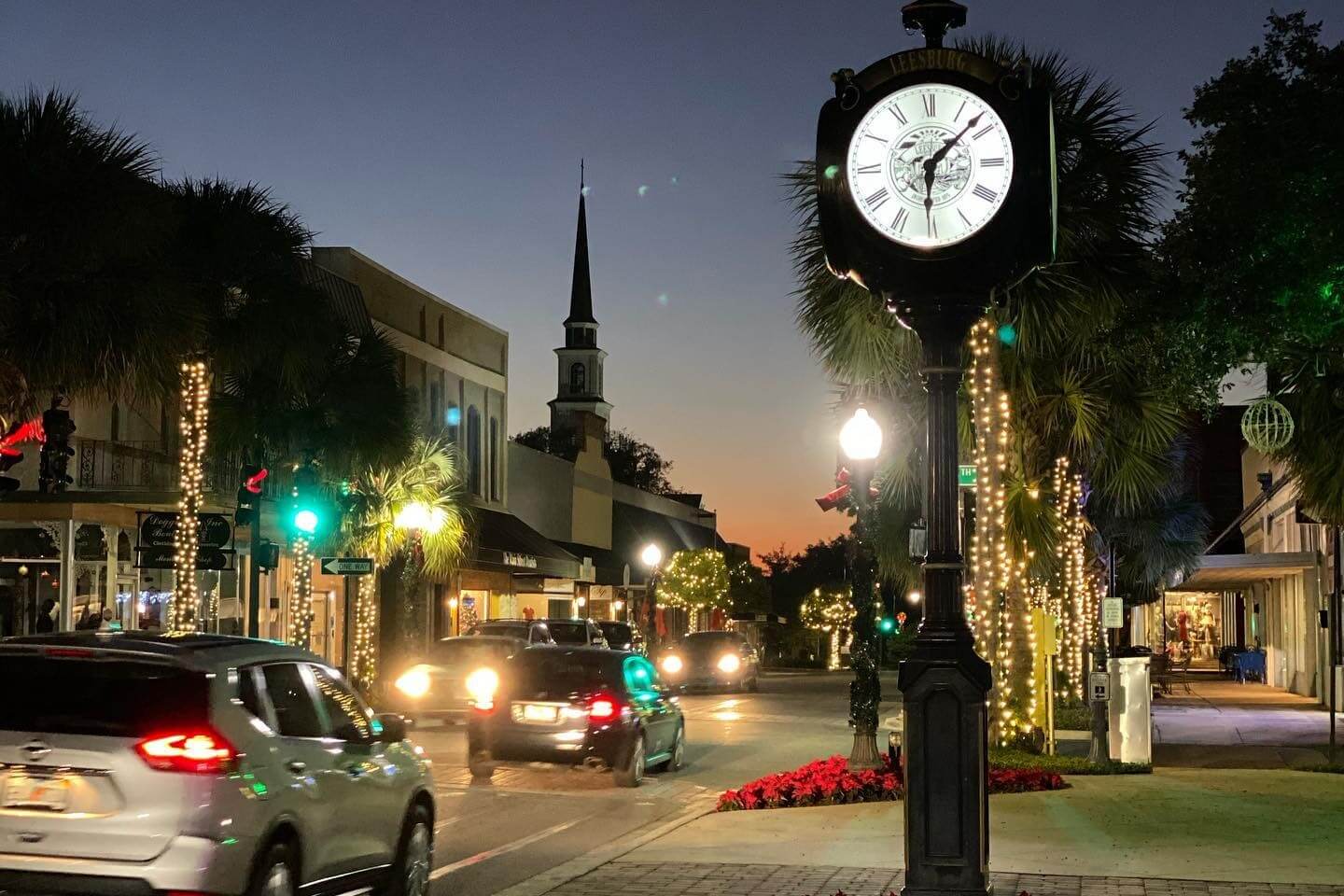
Leesburg City’s population grew by 8.7%. It offers a warm climate and affordable living. The population stands at 31,721. The median home price in Leesburg is $329,250.
15. Athens City, Ohio
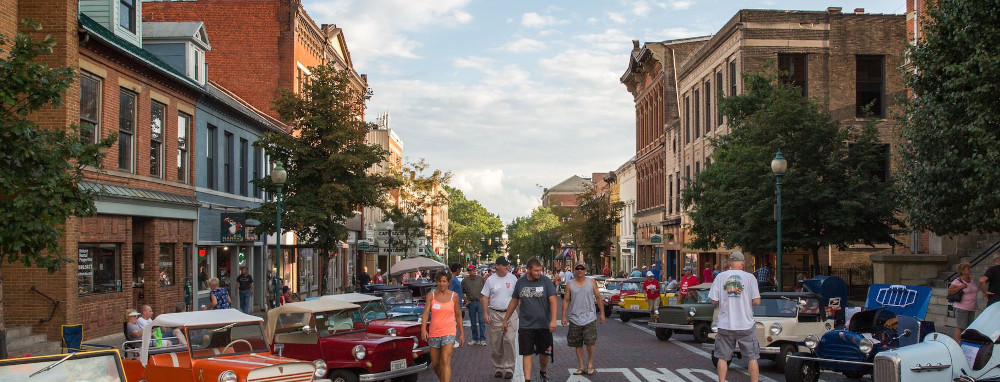
Athens City experienced an 8.6% growth. It’s known for its vibrant college town atmosphere. The population is now 24,673. The median home price in Athens is $315,000.
Challenges of Rapid Growth
While rapid growth brings many benefits, it also presents challenges. Infrastructure needs to keep pace with the growing population, requiring investments in transportation, schools, and healthcare. Managing urban sprawl and maintaining quality of life are also critical concerns. City planners and policymakers must address these issues to sustain growth and ensure residents’ well-being.

America’s fastest-growing cities offer a blend of economic opportunities, affordable housing, and quality of life. Celina City, Fulshear City, and Princeton City are prime examples of urban areas experiencing significant population growth.

As these cities continue to expand, they face the challenge of maintaining infrastructure and quality of life. Understanding the factors driving this growth helps us appreciate the dynamic nature of urban development.
